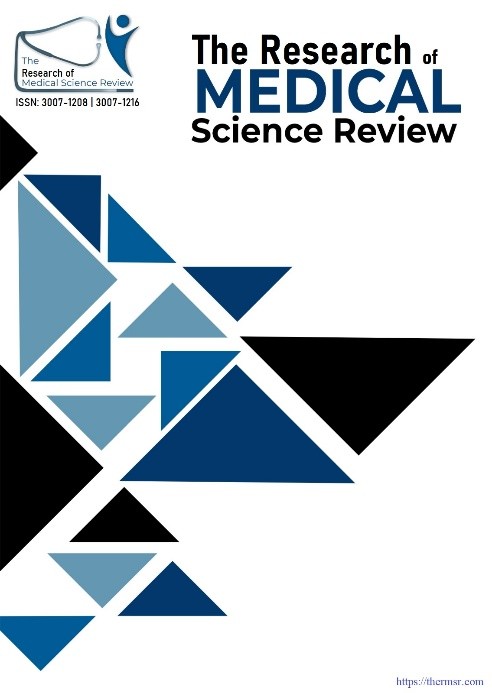COMPARISON OF DOMINANT VERSUS NON-DOMINANT SHOULDER RANGE OF MOTION AMONG VOLLEYBALL PLAYERS IN PESHAWAR: A CROSS-SECTIONAL STUDY
Main Article Content
Abstract
Background: Volleyball stands out as a highly popular sport on a global scale, and it often leads to injuries, primarily affecting the ankle, knee, and shoulder. While prevention programs have successfully decreased injury rates at the knee and ankle, there are currently no such programs or identified risk factors addressing shoulder injuries.
Objective: To compare dominant versus non-dominant shoulder range of motion among volleyball players in Peshawar.
Methodology: A cross-sectional survey was conducted using a validated questionnaire including demographic information, anthropometric measurements and training history. An inclinometer was used to measure Dominant (D) versus Non-Dominant (ND) Shoulder range of motions (ROM). The sample includes 128 male volleyball players who were selected conveniently from volleyball clubs or academies in Peshawar. The data was analyzed and presented in form of means and SD, frequencies and percentages using SPSS version 23.
Results: The results of our study shows that there is statistically significant difference between D and ND shoulder ROM in terms of shoulder extension, Internal rotation (IR), External rotation (ER), Abduction and horizontal adduction (HADD) (P<0.05), whereas no statistically significant difference was observed in shoulder flexion between D and ND shoulder (P>0.05). Our study also revealed that IR on the D side 42.9 + 9.0 was significantly decreased as compared to ND side 53.4 + 9.4. In contrast, ER on the D side 81.7 + 7.8 was increased compared to the ND side 77.5 + 7.6. Additionally, HAdd on D side 24.7 + 7.9 was also decreased compared to the ND side 30.5 + 7.1.
Conclusion: This study concluded that volleyball players exhibit variations in the ROM between their D and ND shoulders. Extention, IR, abduction and HADD were limited on D side in relation to the ND. In contrast, ER were increased on D side in relation to ND side. Moreover, Majority of the volleyball players have GIRD on their D shoulder in relation to ND shoulder.
Downloads
Article Details
Section

This work is licensed under a Creative Commons Attribution-NonCommercial-NoDerivatives 4.0 International License.
